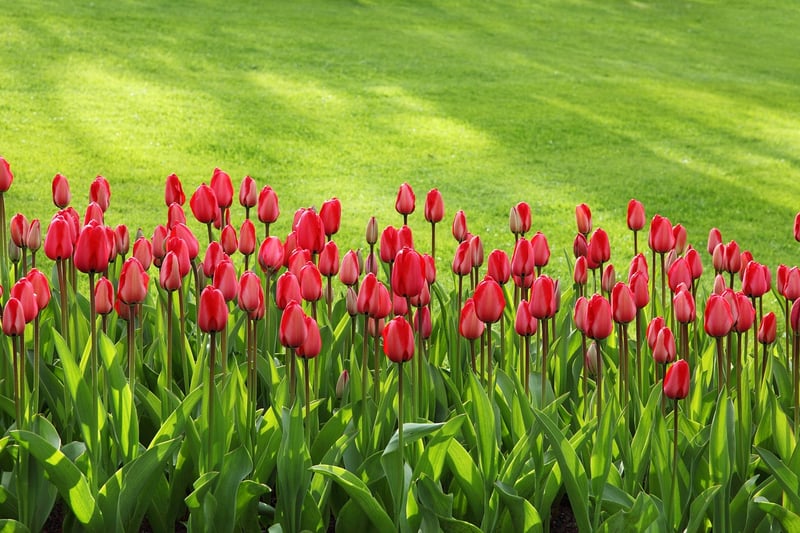Spring Planting
Adapting to Changing Seasons: Spring Planting Guide
As the seasons transition from winter to spring, it's the perfect time to embrace the changing weather and start preparing your garden for a burst of new life. Spring is the season of growth, renewal, and vibrant colors, making it an exciting time for gardeners to get their hands dirty and start planting. In this guide, we'll explore some tips and tricks to help you adapt to the changing seasons and make the most of your spring planting endeavors.
1. Assess Your Garden
Before you start planting, take some time to assess your garden. Clear out any debris left over from winter, check your tools and equipment, and make any necessary repairs. Look for areas that may need special attention or improvements and plan out your planting beds accordingly.
2. Choose the Right Plants
When selecting plants for your spring garden, consider factors such as your local climate, soil type, and sunlight exposure. Opt for plants that thrive in spring conditions and will add beauty and color to your outdoor space. Some popular spring plant options include tulips, daffodils, pansies, and cherry blossoms.

3. Prepare the Soil
Good soil is the foundation of a successful garden. Before planting, ensure that your soil is well-drained, nutrient-rich, and free of any weeds or pests. Consider adding compost or organic fertilizers to improve soil quality and provide essential nutrients for your plants.
4. Planting Techniques
When planting your spring flowers or vegetables, follow proper planting techniques to ensure their growth and development. Dig holes at the appropriate depth, space plants according to their needs, and water them thoroughly after planting. Mulch can also help retain moisture and suppress weed growth.
5. Maintenance and Care
Once you've planted your garden, it's essential to provide ongoing care and maintenance. Water your plants regularly, especially during dry spells, and keep an eye out for any signs of pests or diseases. Deadhead flowers, remove weeds, and fertilize as needed to promote healthy growth.

6. Enjoy the Fruits of Your Labor
Finally, sit back, relax, and enjoy the beauty of your spring garden. Take time to appreciate the blooms, colors, and fragrances that come with the season. Share your gardening success with friends and family, and let your garden be a source of joy and inspiration for all who visit.
With these tips in mind, you're ready to embrace the changing seasons and make the most of your spring planting. Happy gardening!
